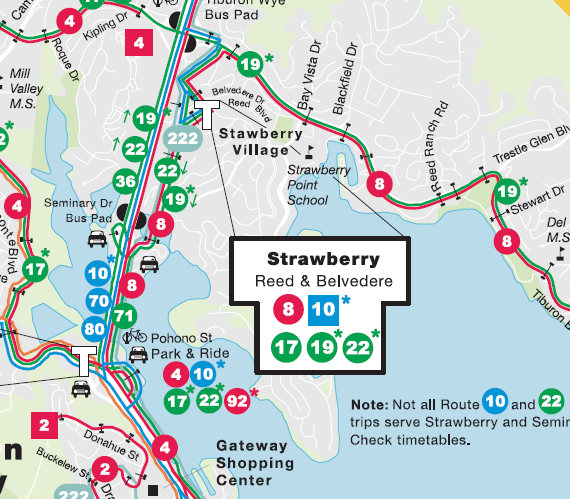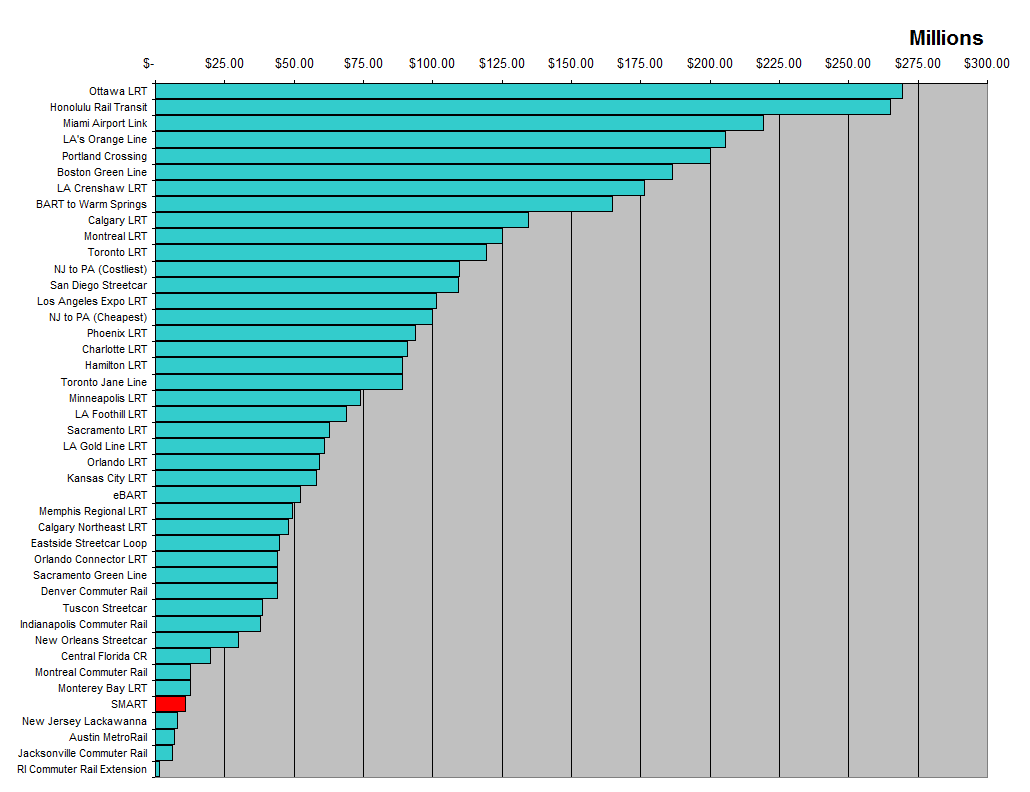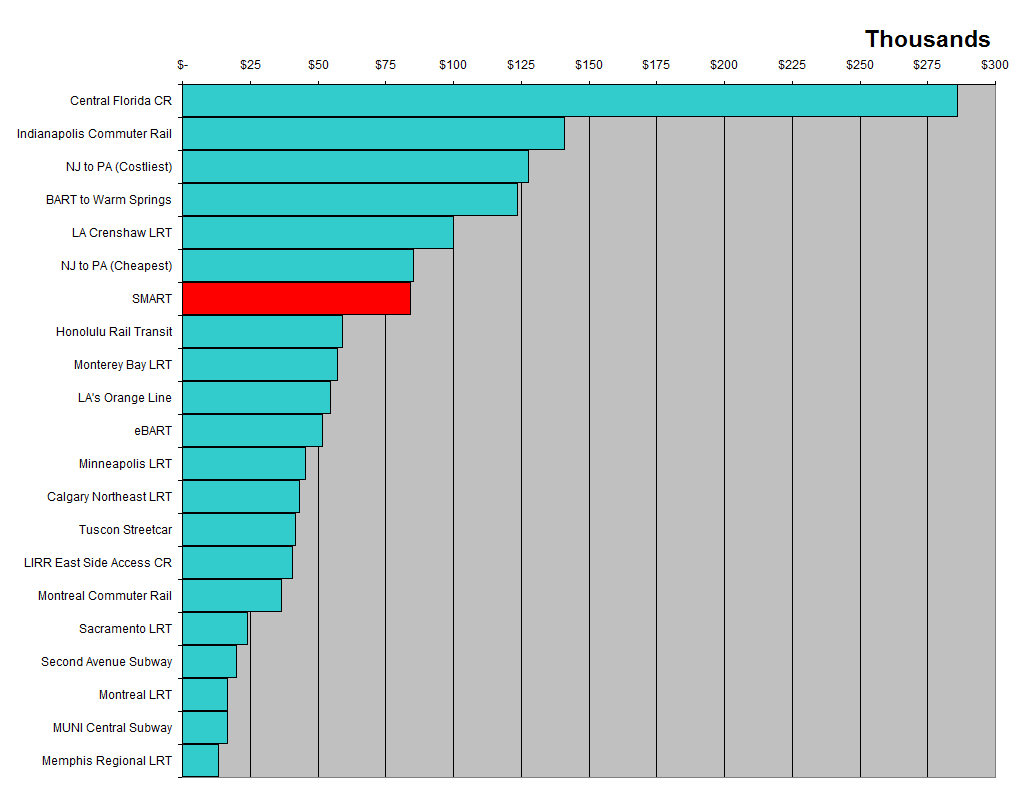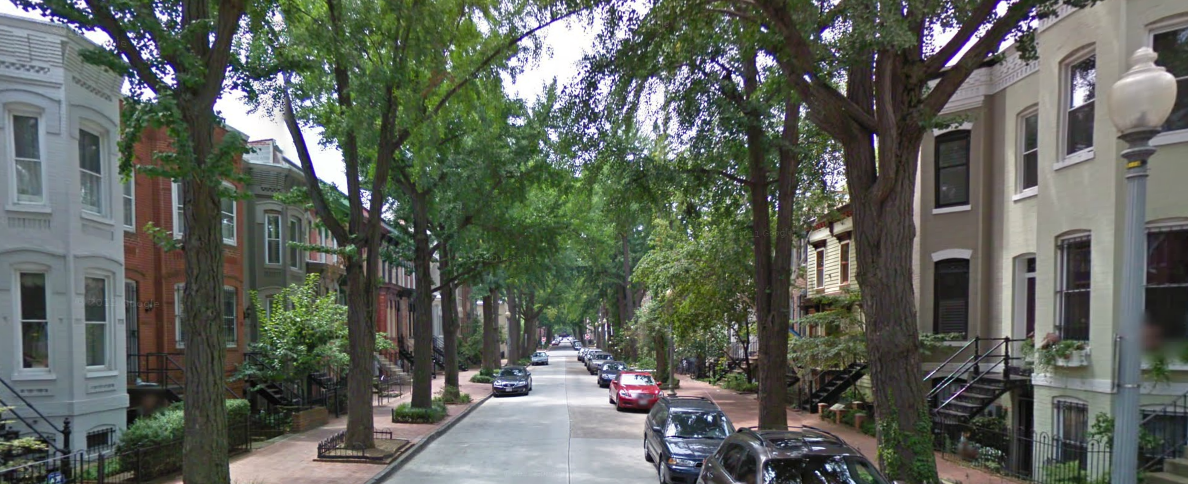[youtube http://www.youtube.com/watch?v=SVpcfZeokUI] One of the reasons for SMART's higher-than-expected cost is Federal crashworthiness standards that forced the agency to look for custom-built heavy DMUs. Yet, as explained by Market Urbanism, the regulations were made for a time before intelligent, lightweight materials were available and force the US to forego the engineering standards used everywhere else in the world. As shown above, the new materials are perfectly capable of keeping vehicles safe. It's too late for SMART to change their order, but this regulatory regime can and should be changed for all the other transit agencies looking to hold down costs.
Marin County
In case you missed it, there were off-year elections this past Tuesday. Urbanism won the day for the most part, fending off avowed anti-city challengers in Novato and San Anselmo. Many disagreed with San Rafael's new mayor, Gary Phillips, on Target but he has a firmly pro-business stance and will serve downtown San Rafael well. Across the country, Greater Greater Washington looks at what makes a candidate electable, the Center for Transportation Excellence has posted the status of transit measures nationwide and Half-Mile Circles looks at a few of the big-ticket items.
- The County is considering regulations on smoking within multi-unit dwellings, I guess because a home is only private space when it's got a half-acre of land around it.
- There will be no Terrapin Crossroads, says Phil Lesh. Fairfaxians are heartbroken.
- A driver struck a teen in Novato last week along pedestrian-unfriendly Novato Boulevard. He's doing okay, although he's also lucky to be alive.
- SMART plans to spend up to $200,000 to polish its image and push back against opponents.
- Novato's Hanna Ranch development would be built without affordable housing while creating low-income jobs. This is suspiciously inconsistent. Deciding on final approval, meanwhile, has been punted by the Council to November 29.
- California may have a massive infrastructure maintenance deficit, but at least Mill Valley is behaving responsibly.
- Mill Valley's Chamber of Commerce plots a comeback.
- A proposal has surfaced to create dedicated, separated bus lanes on Van Ness Avenue, speeding buses along the corridor with significantly more efficiency than currently allowed. Since Golden Gate Transit uses Van Ness for a number of its lines, this change would benefit Marinites as well as San Franciscans.
- Want to save a state park otherwise slated for closure? Stop by the Parks Coalition brainstorming session on November 15.
- If there's one thing Marin does well, it's loving local businesses.
The Greater Marin
- Cotati is considering revamping a short stretch of Old Redwood Highway near their hexagonal downtown to make it more pedestrian-friendly and less of the car thoroughfare it currently is. Local businesses want to entrench the 40 MPH status quo.
- The City of Napa is considering something similar: a $38 million redesign of their downtown.
- San Francisco apparently boasts three of the best bars in the world, and there's no better way to enjoy a bar than to take transit. Don't stay out too late, of course: your last bus to Marin leaves at 12:30am.
- Oakland residents are dedicated to historic preservation, going so far as to wield shotguns to defend their heritage.
- Shockwaves from the $98 billion (nominal) price tag for California High-Speed Rail continue to ripple through the blogosphere. On one side are engineers, who say it is far, far too overbuilt, and on the other are those who look at the big picture to argue it's still a good deal. I say, if you can save money by foregoing massive viaducts through San Jose, forego the viaducts.
- Sacramento might not get its rail line for a while yet, but where to locate a station is still troublesome for officials.
- We love our green initiatives. Unfortunately one of the most popular, Cash for Clunkers, was a bust.
- Congress did something bipartisan today and unanimously passed out of committee a two year extension of the federal transportation bill, MAP-21.
- Bad traffic designs that create gridlock create exhaust which seems to hurt our neurological health.
- Lastly, in a testament to how budget cuts can even cut efficient programs, the General Services Administration no longer will have the money to make their headquarters an example of solid office design and will instead remain in the big, bureaucratic office building that looks just like you expect.












